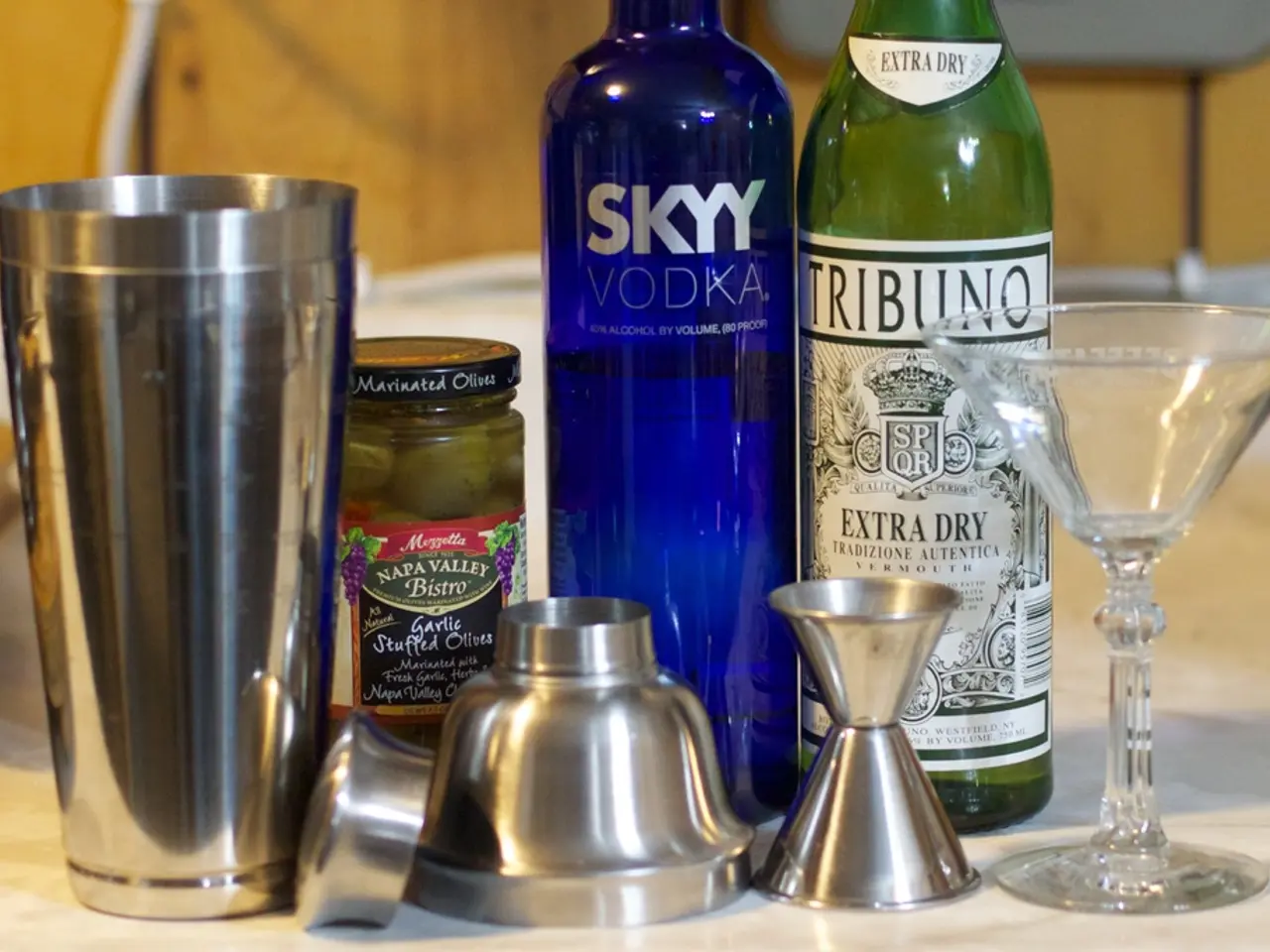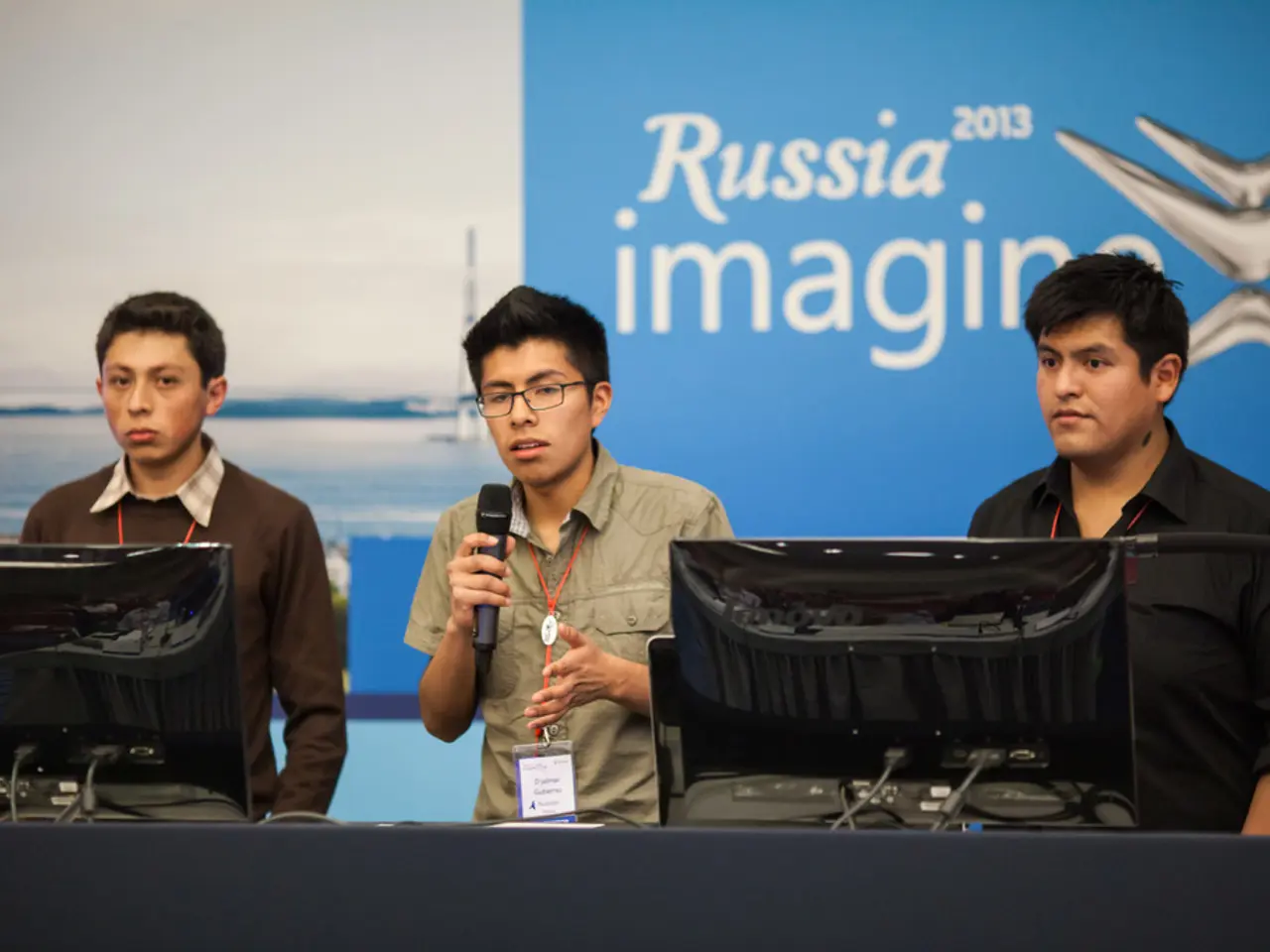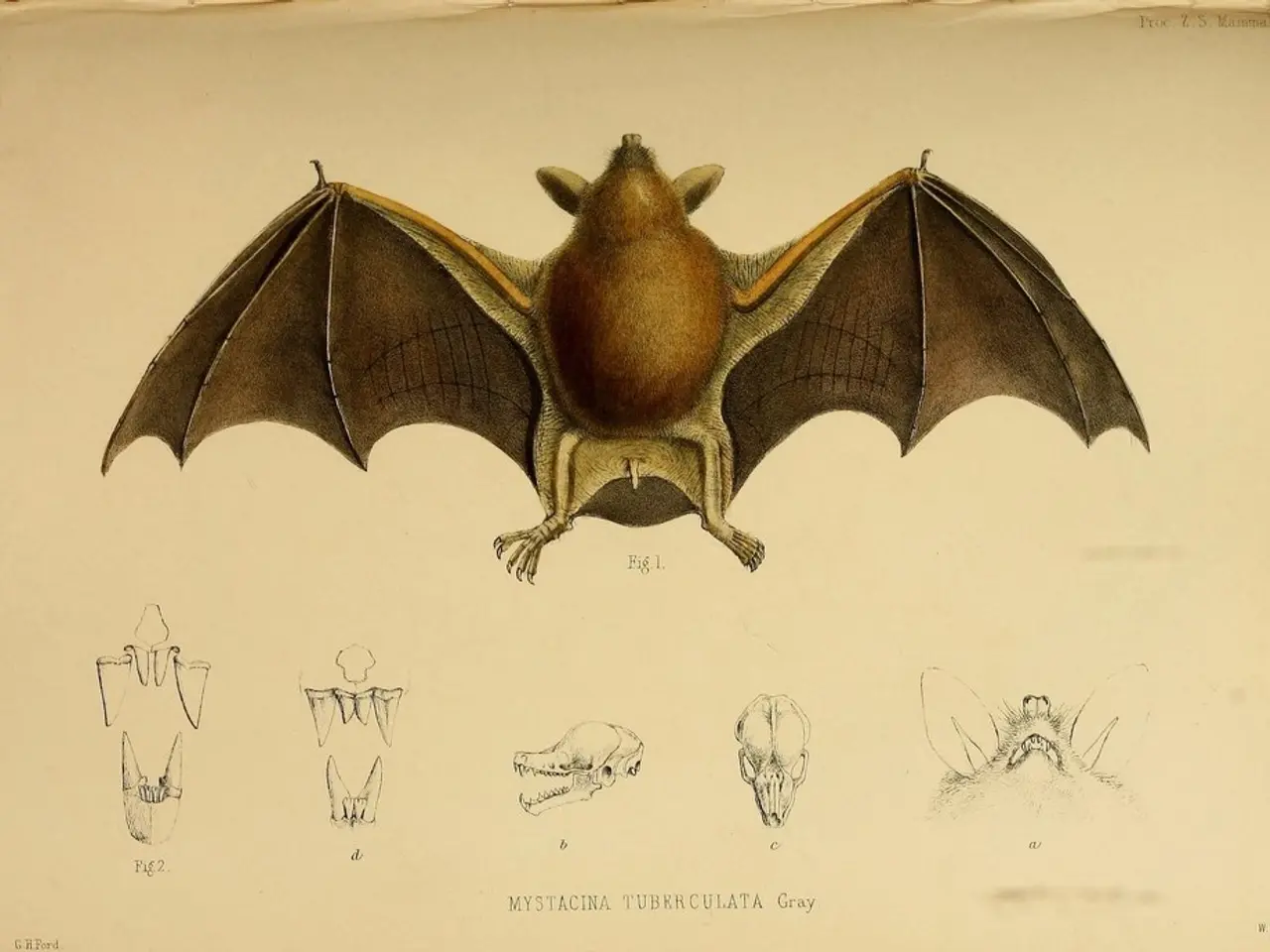Artificial Gemstone Replicas and Improvement Techniques for Authentic Gemstones in the 16th Century
In the heart of the Renaissance, Giovan Battista Della Porta, an Italian polymath, made significant strides in various fields, including alchemy, optics, and cryptography. However, it is his work in creating glass simulants of gems that holds a special place in history.
Della Porta's seminal work, Magiae Naturalis, published in 1558, marked the beginning of a new era in the art of creating artificial gems. In Book VI of this comprehensive text, Della Porta meticulously detailed the preparation of reagents for glass gem making, providing the first printed recipes for this intriguing practice.
The creation of glass gem simulants represented a technological advancement, as it required a deep understanding of materials and their properties. This process contributed to the development of glassmaking and materials science, opening up possibilities for the production of affordable, gem-like objects that could be used in jewelry and decorative arts.
The economic implications were significant as well. The ability to create convincing gemstone simulants had the potential to disrupt the market for natural gemstones and influence trade dynamics. The desire for affordable alternatives could have reshaped social hierarchies and perceptions of wealth.
Culturally, the creation of artificial gems reflected societal values and norms. The status and luxury associated with gemstones were mirrored in the efforts to replicate them, while the availability of affordable alternatives could have democratised access to such luxuries.
Della Porta's work embodied the scientific curiosity of the Renaissance, where experimentation and innovation were central to understanding natural phenomena and manipulating materials to achieve specific effects.
Fast forward to the 18th and 19th centuries, and the art of gem treatment continued to evolve. Agate dyeing was perfected and practiced on a large scale by 1820, marking the first time a gemstone material was altered commercially and marketed as such. The core of the process was detailed in Chapter 5 of a text titled "How gems are coloured," where pigments were blended with molten colorless glass to create gem simulants.
By the 17th Century, there was discussion in literature on decolourising sapphire, topaz, and amethyst to produce diamond imitations. The "Stockholm Papyrus," made about 400 A.D., contains 73 recipes for falsifying pearls and gemstones, demonstrating that the practice of creating gem simulants has a long history.
Gem treatments have been used since at least 1300 B.C., as evidenced by heated carnelian found in Tutankhamun's tomb. The raw silica used in glass gem making can be crystal, flint, or round pebbles, with the best being gathered from the river Thames.
The expanded text of Magiae Naturalis, specifically Book VI, encompasses 10 dense pages and 13 chapters, focusing on gem treatments and enhancements. In 1589, Della Porta expanded his Magiae Naturalis from four books to 20, including detailed descriptions of various enhancements of natural gem materials and enamels.
The recipe for glass used to simulate emerald is given last, as its preparation requires a long exposure to fire. The book "The Mirror of Stones," published in 1502, discusses gem treatments, simulants, and the identification of false stones.
Della Porta's Magiae Naturalis contributed to making glass 'gems' popular decorative objects and increasing their trade during Baroque times. The second half of the 17th Century in England saw an economic revival, with increasing interest in science, including books on secrets, contributing to the development of both science and the economy.
Man-made glass dates back to approximately 5000-4000 BC and was used as a substitute for fine gemstones since ancient Rome. Della Porta ends Book VI with the statement, "This is all what we experimented on gems so far."
In conclusion, Giovan Battista Della Porta's work in creating glass gem simulants has left a lasting impact on the fields of science, technology, and culture. His contributions serve as a testament to the spirit of innovation and curiosity that characterised the Renaissance.
- Della Porta's work in creating glass gem simulants, as detailed in Magiae Naturalis, marked the beginning of a new era in the art of creating artificial gems and contributed to the development of materials science and glassmaking technology.
- The second half of the 17th Century in England saw an economic revival, with increasing interest in science, including books on secrets, and the popularity of glass 'gems' in decorative arts and jewelry trade during the Baroque times.
- The art of gem treatment continued to evolve in the 18th and 19th centuries, with new methods such as agate dyeing being perfected and marketed as such, and the creation of gem simulants having a long history, dating back at least to 1300 BC.
- Della Porta's Magiae Naturalis served as a significant source of information on gem treatments, simulants, and the identification of false stones, and his contributions left a lasting impact on the fields of science, technology, and culture, symbolizing the spirit of innovation and curiosity that characterised the Renaissance.




